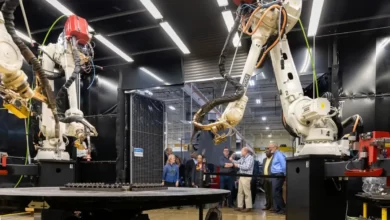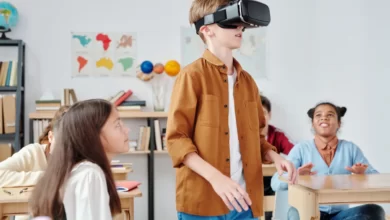If you’re a budding YouTuber, a social media influencer or a business owner looking to engage your audience, mastering the art of video editing is a crucial skill. With the right tools and techniques at your disposal, you can transform raw footage into captivating stories that leave a lasting impression. This article will explore the world of video editing, essential tools and techniques that every content creator should have in their arsenal.
The Power of Video Editing
Video editing is more than just piecing together clips; it’s about crafting a narrative that resonates with your audience. Through seamless transitions, engaging effects, and thoughtful pacing, you can evoke emotions and convey messages effectively. Whether you’re creating vlogs, tutorials, promotional videos, or cinematic masterpieces, the right video editing can elevate your content to new heights.
Essential Tools for Video Editing
1. Software Suites: The foundation of video editing lies in the software you choose. Professional options like Adobe Premiere Pro, Final Cut Pro, and DaVinci Resolve offer a wide range of features, from advanced editing to intricate color correction.
2. Hardware: A powerful computer is essential for handling the demands of video editing. A multicore processor, ample RAM, and a dedicated graphics card will ensure smooth rendering and playback.
3. External Storage: Video files can be massive, so investing in high-capacity external hard drives or SSDs is a wise decision to keep your projects organized and your system running efficiently.
4. Monitors: A color-accurate monitor is crucial for precise editing. Look for a display with good resolution and color representation to ensure your videos look their best on various devices.
Masterful Techniques
Cutting and Trimming: The basic building blocks of editing involve cutting and trimming clips. Remove unnecessary content to keep your video concise and engaging. Pay attention to pacing – the timing of cuts can greatly affect the overall feel of your video.
Transitions: Smooth transitions between clips create a polished look. Experiment with cuts, fades, dissolves, and creative transitions like wipes and zooms to add flair to your video.
Color Correction and Grading: Enhance the visual appeal of your video through color correction and grading. Adjust brightness, contrast, and color balance to achieve the desired mood or tone.
Audio Enhancement: Clear audio is just as important as crisp visuals. Use audio editing tools to reduce background noise, add music or voiceovers, and ensure that your audience can hear every word.
Text and Graphics: Incorporate text overlays, titles, and graphics to provide context, highlight key points, and give your video a professional touch.
Effects and Filters: Experiment with effects like slow motion, fast motion and various filters to add style and creativity to your video.
Workflow Efficiency
Organize Your Files: A well-organized file structure will save you time and frustration. Create folders for raw footage, audio, graphics, and project files to keep everything easily accessible.
Keyboard Shortcuts: Learning keyboard shortcuts for common actions can significantly speed up your editing process. This efficiency allows you to focus more on the creative aspects of your project.
Use Presets: Video editing software often includes presets for transitions, effects, and color grading. These presets can be great starting points and save you time on repetitive tasks.
Regular Backups: Loss of data can be catastrophic. Set up a regular backup system to ensure that your hard work is never lost due to technical failures.
Staying Creative
1. Watch and Learn: Study videos from your favorite creators or filmmakers. Analyze their techniques and experiment with incorporating similar styles into your work.
2. Experiment with New Ideas: Don’t be afraid to try new editing techniques or effects. Pushing your creative boundaries can lead to unique and memorable videos.
3. Feedback and Iteration: Share your work with others and welcome constructive feedback. Use criticism to refine your editing skills and produce even better content in the future.
Conclusion
Mastering video editing is a journey that requires dedication, practice, and a willingness to learn. With the right tools and techniques, you can transform your raw footage into captivating stories that resonate with your audience. Remember, video editing is not just about technical proficiency; it’s about storytelling and connecting with viewers on a deeper level.









